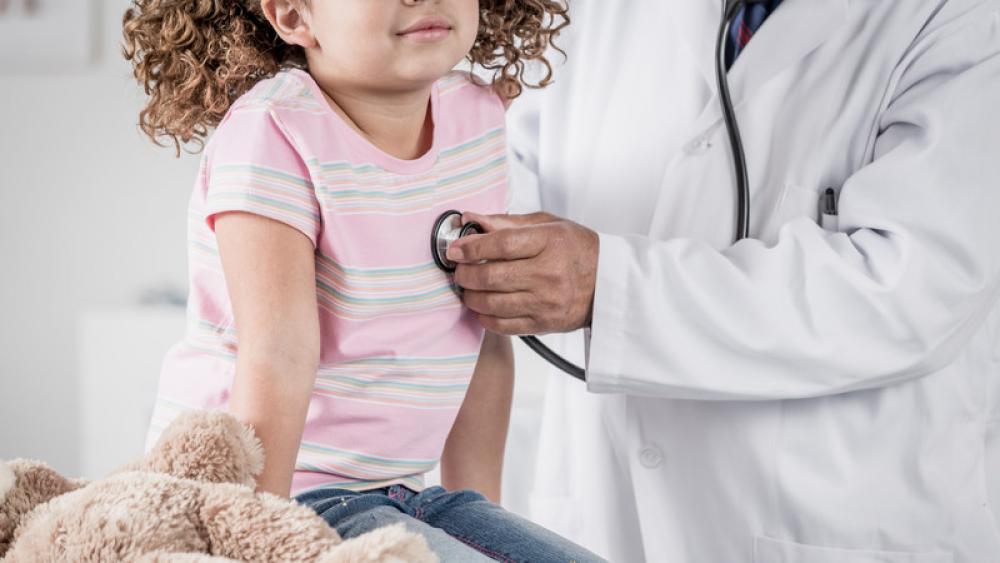
A school physical examination, also known as a school health check-up or school medical examination, is a routine assessment conducted by healthcare professionals to evaluate a student’s overall health and fitness for school activities. It aims to detect medical conditions, assess growth and development, and ensure that students are physically capable of participating in educational […]
A school physical examination is a comprehensive health assessment performed on students to evaluate their physical well-being and readiness for school. It typically includes a review of medical history, physical examination, and screening tests to assess overall health, identify any existing medical conditions, and ensure that students are fit to participate in school activities.
During a school physical examination, the following steps typically occur:
© 2021-2025 Wyandotte Urgent Care Clinic. All Rights Reserved. Made With Love by Ignite Marketing Agency.